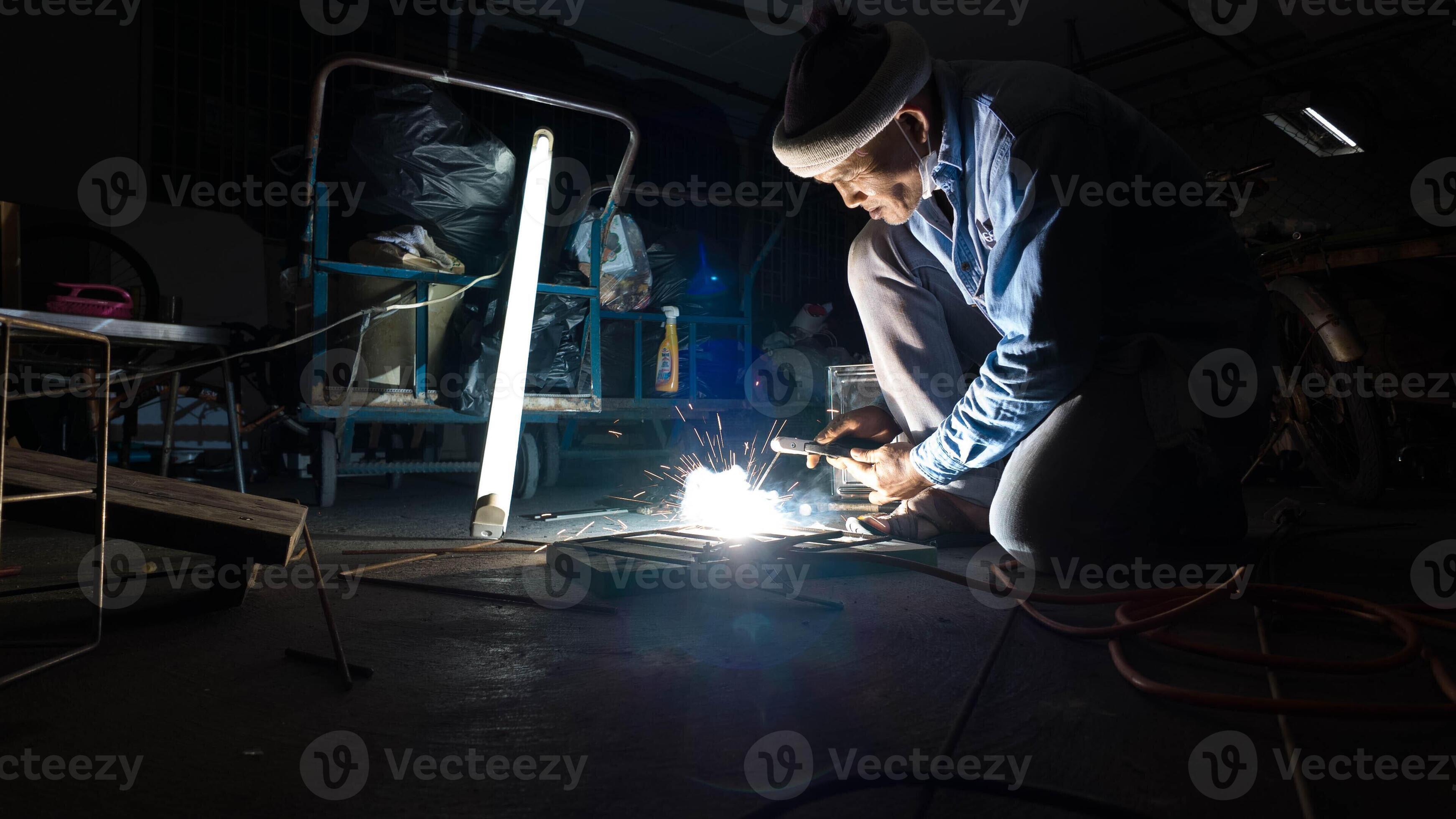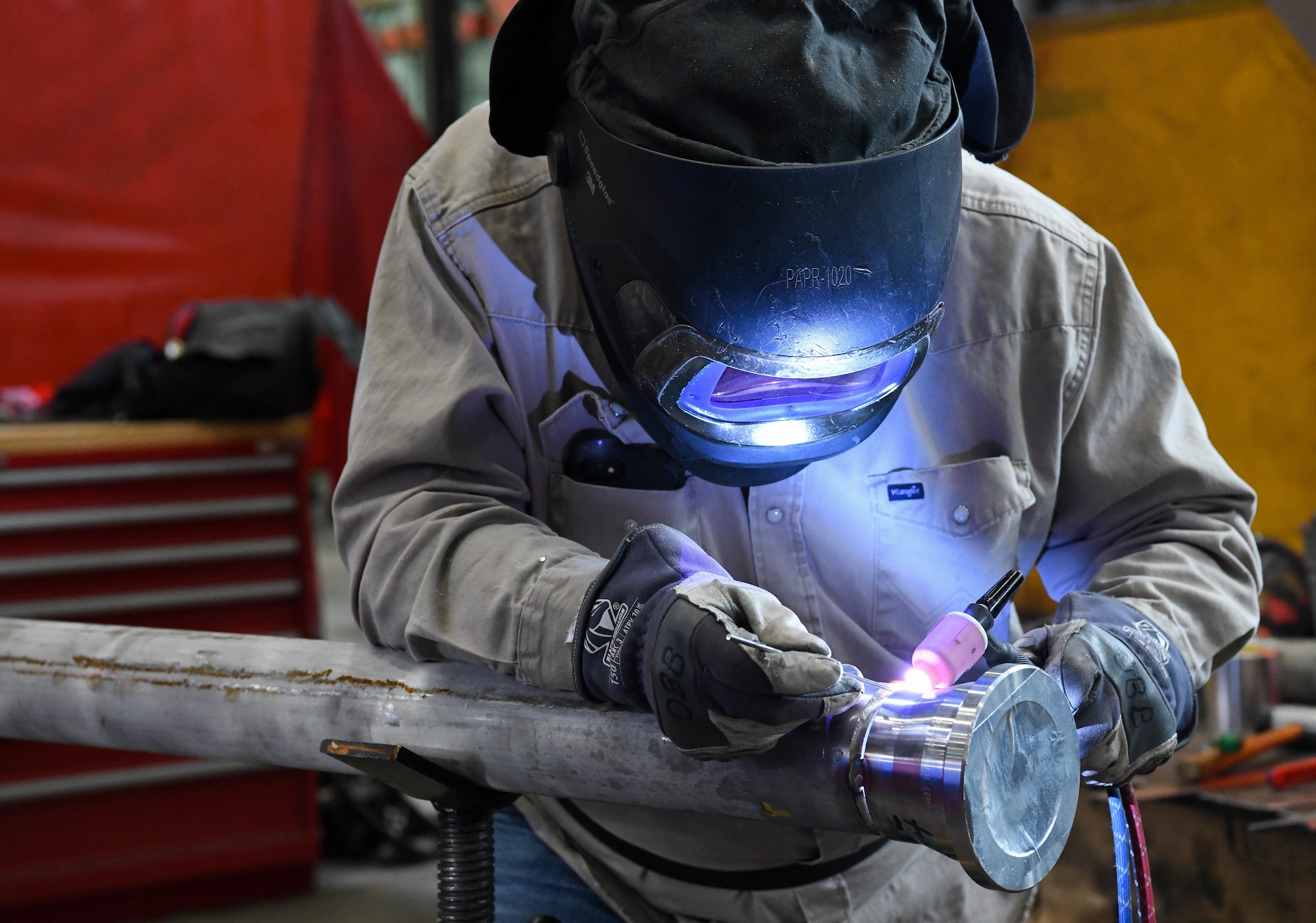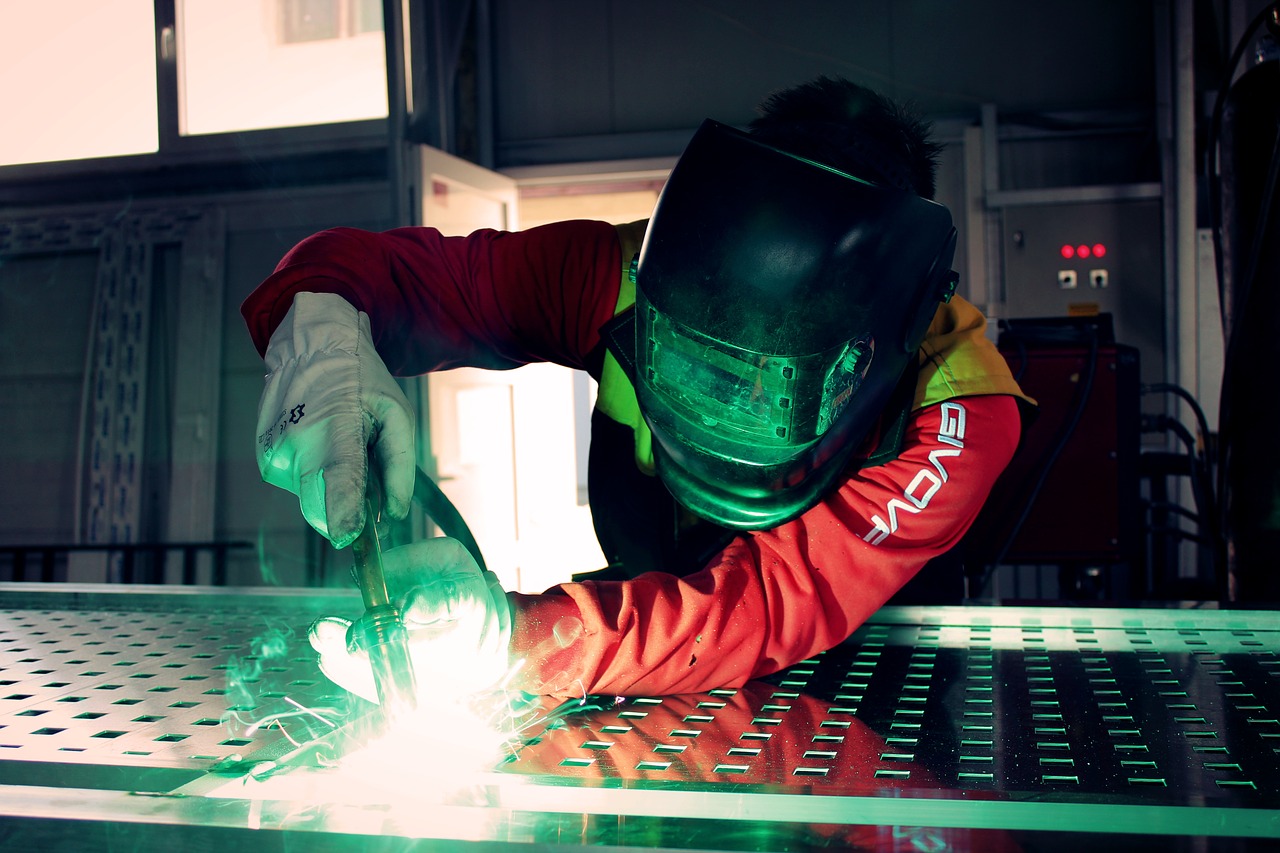Usual Welding Repair Issues and Exactly How to Address Them Efficiently
Welding repair services often experience a variety of concerns that can jeopardize the honesty of the end product. Common problems consist of insufficient penetration, porosity, and imbalance, to name a few. Each problem presents distinct difficulties that require details approaches for resolution. Recognizing these problems is crucial for welders aiming to boost their results and skills. This discussion will certainly explore these typical welding repair issues and efficient techniques to address them.
Inadequate Penetration
Poor infiltration takes place when the weld steel stops working to completely fuse with the base material, leading to weak joints and possible architectural failings. This problem typically originates from inadequate warmth input, incorrect electrode angle, or inappropriate welding speed. Welders might experience insufficient penetration due to a miscalculation of the necessary specifications for a certain material density or type. In addition, contamination on the base product's surface can impede effective bonding, aggravating the problem. To address insufficient penetration, welders need to ensure suitable setups on their equipment and maintain a clean job surface. Regular assessment of welds is suggested to identify any type of deficiencies early, permitting timely corrections and the avoidance of jeopardized architectural integrity in bonded assemblies.
Porosity
Porosity is a common issue in bonded joints that shows up as small gas bubbles trapped within the weld metal. This defect can compromise the honesty of the weld, resulting in reduced toughness and possible failure under tension. Belgrade. Porosity typically develops from contamination, wetness, or inappropriate welding strategies, which allow gases to escape into the molten weld pool. To deal with porosity, welders must guarantee proper surface preparation, keep a tidy workplace, and utilize suitable welding criteria. In addition, picking the best filler product and shielding gas can mitigate gas entrapment. Routine examination and screening of welds can help determine porosity early, guaranteeing prompt rehabilitative actions are taken, thus protecting the quality and reliability of the bonded structure
Misalignment
Misalignment in welding can emerge from various elements, including inappropriate arrangement and thermal expansion. Comprehending the root triggers is important for reliable resolution. A number of improvement methods are readily available to straighten components and assure architectural stability.
Reasons of Misalignment
Welding misalignment frequently stems from a range of underlying problems that can jeopardize structural integrity. One primary reason is improper fit-up of elements before welding, which can result in gaps and unequal surfaces. Variants in thermal growth during the welding process can also lead to distortion, particularly if the materials being joined have different coefficients of development. Furthermore, inadequate clamping and fixturing may fail to hold parts securely in place, causing activity during welding. Improperly conserved tools, including welding devices and tools, might present variances in the weld bead, further contributing to misalignment. Driver error, stemming from not enough training or experience, can likewise play a substantial role in creating misaligned welds.

Adjustment Methods Offered
Dealing with misalignment effectively requires a mix of restorative techniques tailored to the specific problems available. One common method is making use of fixtures or jigs to hold parts in the proper setting throughout welding, guaranteeing regular positioning. Furthermore, preheating the materials can help in reducing distortion and enhance fit-up. For considerable misalignment, mechanical adjustment techniques, such as using hydraulic jacks or clamps, can be used to correct the placement prior to welding. Post-weld warmth treatment may also be essential to eliminate anxieties brought on by misalignment. Careful assessment and modification during the setup phase can stop misalignment concerns from coming to be significant troubles, promoting a smoother welding process and improving total structural integrity.
Distortion
Distortion is an usual obstacle in welding that can develop from different elements, consisting of uneven heating and cooling. Recognizing the root causes of distortion is essential for applying effective prevention methods. Resolving this issue not only improves architectural integrity yet additionally enhances the general top quality of the weld.
Sources of Distortion
When subjected to the intense heat of welding, materials frequently undertake changes that can lead to distortion. This phenomenon largely occurs from thermal growth and tightening during the welding process. As the weld location warms up, the product broadens; upon air conditioning, it gets, which can produce interior tensions. Additionally, irregular heating across a work surface can aggravate these stresses, leading to warping or bending. The sort of product likewise plays a significant function; metals with differing thermal conductivity and coefficients of expansion may react differently, resulting in unpredictable distortions. Inadequate joint style and insufficient fixturing can add to imbalance during welding, enhancing the chance of distortion. Recognizing these causes is vital for effective welding repair service and avoidance strategies.
Avoidance Techniques
Reliable avoidance strategies for distortion during welding focus on managing heat input and ensuring proper joint style. Maintaining a constant warm input helps to reduce thermal expansion and tightening, which can cause distortion. Making use of techniques such as preheating the workpiece can likewise minimize the temperature slope, promoting consistent home heating. Additionally, choosing suitable joint styles, such as T-joints or lap joints, can enhance stability and minimize stress and anxiety concentrations. Applying proper fixturing to safeguard the work surfaces in position additionally aids in maintaining alignment during the welding procedure. Lastly, staggered welding sequences can disperse heat more uniformly, avoiding localized distortion. By applying these strategies, welders can considerably reduce the chance of distortion and enhance the general top quality of their welds.
Breaking
Cracking is a common problem run into in welding repairs, usually resulting from different variables such as improper air conditioning prices, material selection, or inadequate joint preparation. The event of cracks can significantly endanger the stability of the weld, causing possible failures throughout operation. To address this problem, welders need to initially analyze the source, making certain that materials work and properly picked for the specific application. Additionally, managing the air conditioning rate throughout the welding procedure is important; rapid air conditioning can generate stress and anxiety and bring about breaking. Appropriate joint design and preparation additionally add to minimizing the danger. Applying these approaches can boost weld top quality and toughness, eventually minimizing the possibility of breaking in finished weldments.

Incomplete Combination
A significant problem in welding fixings is incomplete combination, which happens when the weld metal does not sufficiently bond with the base material or previous weld passes - Belgrade Fabrication. This problem can result in weak points in the joint, potentially jeopardizing the honesty of the welded structure. Elements adding to insufficient fusion consist of not enough heat input, incorrect welding strategy, and contamination of the surfaces being joined. To address this concern efficiently, welders need to assure proper this article pre-weld cleaning and surface prep work, along with adjust their welding specifications to attain ample penetration and combination. Normal inspection throughout the welding procedure can also help determine incomplete combination early, enabling timely restorative actions to enhance the overall quality of the weld
Overheating
While welding repair work can improve structural honesty, overheating offers a significant challenge that can lead to material destruction. Excessive warmth during welding can modify the mechanical residential or commercial properties of steels, leading to decreased strength, increased brittleness, and warping. This sensation is specifically essential in high-stress applications where structural integrity is vital. Identifying getting too hot can include Find Out More aesthetic assessments for discoloration or distortion, along with keeping an eye on temperature level during the welding procedure. To reduce the risks linked with getting too hot, welders must employ proper techniques, such as controlling warmth input, adjusting travel rate, and utilizing appropriate filler products. In addition, implementing pre- and post-weld heat therapies can assist bring back product buildings and boost the total top quality of the repair, ensuring long-term efficiency and safety.
Regularly Asked Inquiries
What Are the Typical Indications of a Welding Defect?

How Can I Evaluate My Welds for High quality?
To check welds for high quality, one can make use of aesthetic inspections, ultrasonic testing, and radiographic techniques. Each strategy ensures structural stability, identifies issues, and confirms adherence to defined requirements, inevitably enhancing the dependability of the welded joints.
What Security Precautions Should I Take While Welding?
When welding, one ought to focus on security by putting on proper individual safety tools, ensuring proper air flow, securing combustible materials away, maintaining a tidy work space, and understanding surroundings to prevent injuries and accidents.
Can I Fix a Weld Without Remodeling the Entire Joint?
Repairing a weld without redoing the entire joint is feasible, depending upon the damages (Fabrication). Strategies such as grinding, adding filler material, or utilizing a welding procedure can efficiently resolve certain defects while protecting the bordering structure
What Equipment Are Important for Reliable Welding Fixes?
Vital tools for efficient welding repair services consist of a welding device, cord brush, mill, safety gear, clamps, and filler products. Each tool plays an important function in guaranteeing quality and security during the repair service procedure. Porosity generally arises from contamination, moisture, or inappropriate welding techniques, which enable gases to leave into best site the molten weld swimming pool. Poorly maintained devices, consisting of welding devices and tools, might present incongruities in the weld bead, more adding to imbalance. When subjected to the intense warm of welding, materials typically undertake modifications that can lead to distortion. Fracturing is a typical problem run into in welding repairs, typically resulting from different elements such as inappropriate air conditioning prices, product choice, or insufficient joint preparation. A significant concern in welding fixings is insufficient combination, which occurs when the weld metal does not appropriately bond with the base product or previous weld passes.